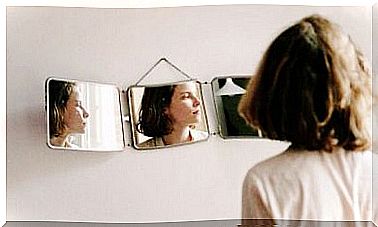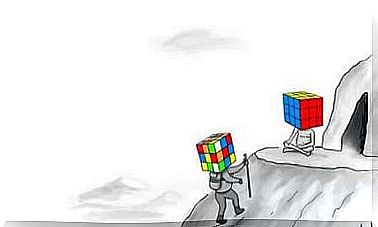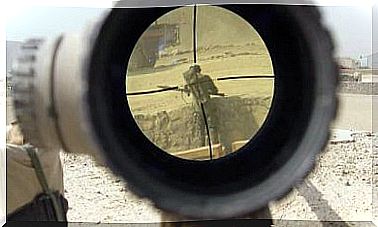Types Of Occupational Stressors

In the world of work, unfortunately, work stressors are quite common, more than one might imagine. And this is an important reality, as much of the performance and well-being can be affected by them.
Although the causes are not always clear, in most cases, these stressors can be easily definable and even solvable. But how can we identify them?
Be that as it may, it is important to distinguish between specific and sustained work stress. That is to say: it is one thing to suffer a peak of stress due to a specific project or excessive accumulation of work, and another is for anxiety to accumulate and extend over time; this would be a dangerous thing that can even lead to serious illnesses.
The worker may feel stressed due to the perception that the demands of his environment greatly exceed his capacities and resources. Something that a priori seems easy to solve, it is not always so if the demands of the employee and the manager do not come together in a convenient way.
Thus, the reasons that cause work stress can be several and diverse. For example, an excessive workload is usually very common in these cases of stress at work. Also the lack of reward or the fact that it is insufficient, the toxicity of bosses or colleagues, the feeling of stagnation, the lack of motivation, professional development or control over tasks …
Job stressors

We can find different types of work stressors that are included in three main main groups. In this case, we refer to the following:
- Those from the specific job position.
- Those that refer to the organization itself.
- Those that are generated in the individual himself.
Let’s see all of them one by one below.
Work stressors from the organization
In this case, we can say that stressors occur in the “bad” organization. That is, in a company that improperly designs work, that promotes an unproductive or motivating work environment, etc. Here we find the following basic problems:
- Role conflict : the employee does not know what is specifically expected of him; receives contradictory orders and is not clear about his responsibilities.
- Overload : with the bad distribution of work, the employee is forced to take on responsibilities that do not concern him or for which he is not prepared.
- Inadequate communication : it occurs when there are communication problems between the parties, conflict between departments, unclear or contradictory orders …
- Lack of development : it is a stressor that appears when the management of a company does not help in the development of the professional and educational career of the worker, which produces dissatisfaction.
- Structure : a problem that appears when communications in the hierarchy do not reach all employees well.
- Climate : excess control or tension in the work environment can even end in extreme situations such as mobbing or burnout .
- Services : when insufficient services are offered to the employee, such as lack of cafeteria, little parking, long distance from the worker’s home …
Occupational stressors from the workplace
The job itself can also be a work stressor for a number of reasons. Let’s see under what conditions this undesirable situation can occur:
- Insecurity : precarious work is a source of stress.
- Mental Burden : Employment that requires long-term mental effort can be risky.
- Control : it appears when the employee does not control the tasks to be carried out, so he cannot organize his schedule and everything depends on third parties.
- Complexity : it appears when the task to be carried out is complicated or monotonous.
- Identity : it always happens that the worker does not know the impact of his task in the organizational context, so he considers that what he does is of no use.
- Relationships : it appears when your relationships in the work environment, both with colleagues and with other departments, are not adequate.
- Physical conditions : the workstation must have good lighting, low noise, adequate temperature …
- Material : appears when the employee does not have the appropriate material to carry out his task.
- Risks : the employee may have to take physical risks, such as those related to long hours of monotonous work, poor postural hygiene, excessive weight bearing, dealing with toxic materials …
- Shifts : excessive shift changes have a negative psychological and physical impact.
- Remuneration : insufficient remuneration has a negative impact.
- Hours : both the long working day and the lack of breaks and vacations are very harmful.
Person-related work stressors

Finally, we know the work stressors that depend directly on the individual himself. They usually appear before imbalances of the demands in relation to their capacity and personality :
- Emotional control : they appear when a person loses the ability to remain calm in certain situations and cannot maintain balance.
- Empathy : usually occurs when the individual is not able to empathize with colleagues, bosses, subordinates, etc.
- Self-motivation : it appears in employees who are capable of making sense of the task they do.
- Tendency : it usually appears due to the lack of organization and systematization of the employee’s tasks.
- Stability : in this case, the emotional state of the employee influences their performance.
- Habits : Lack of healthy habits is also detrimental. A good diet, a correct state of form and a sufficient rest is necessary.
These are the most common stressors that experts encounter in organizations. Do you recognize any of them in yourself?









